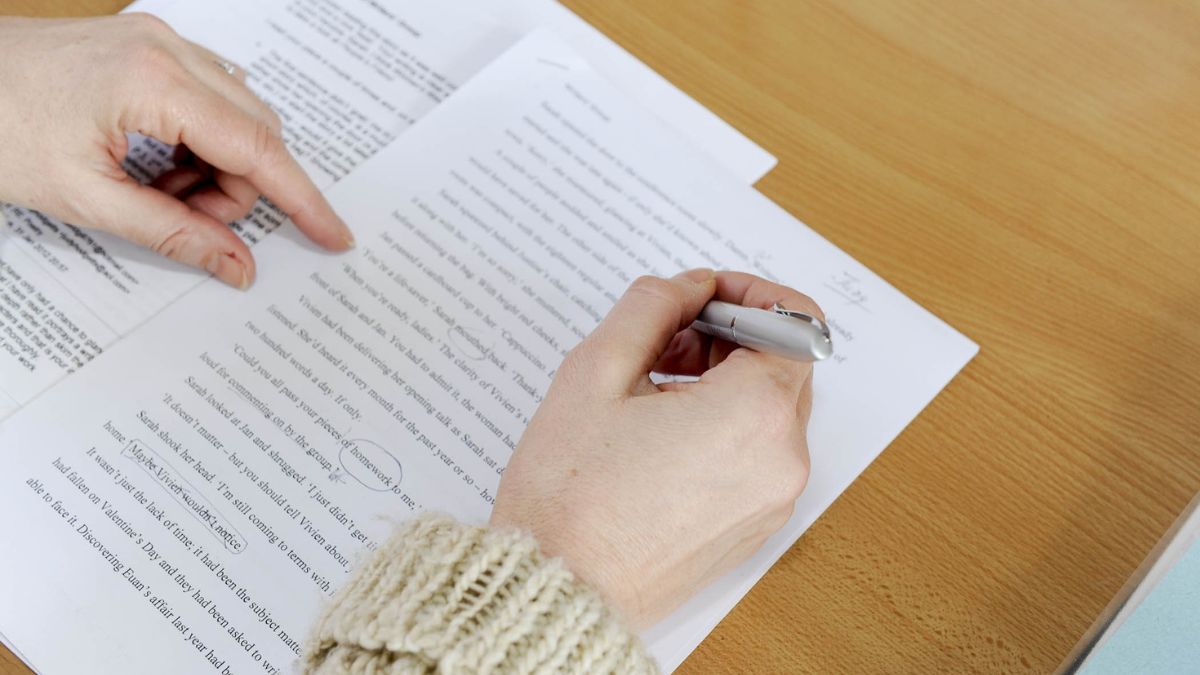The importance of color and environmental factors in influencing human experiences and well-being has gained recognition in modern culture. The complex interactions between color, lighting, and natural environments and human physiological responses, stress levels, mood, and emotional well-being are the subject of an expanding corpus of research. This post examines several research that clarify the complex connection between these environmental elements and human health. All of these studies highlight the importance of a thorough approach to space planning, from the effects of color in natural environments to the function of lighting in interior spaces and even the impact of personal color choices on moods.
Eun Jin Kim and Lee (2023) is one of the studies that shed light on the ways in which color affects physiological reactions, stress levels, and mood. Additional details on color and its effects can be found in the study. This study investigated the effects of seasonal changes in the surrounding forest on the physiological states and moods of university students. The participants in the study reported feeling more at peace in the forest during the spring when the study took into consideration elements like temperature and the preponderance of green.

These finding are matched by Lan et al. (2020) who emphasize the vital relationship between lighting conditions and people’s emotional and creative moods. Their findings demonstrate the significant influence of lighting on mood and creativity. Both studies highlight the significance of environmental elements on human well-being, such as color in natural settings and illumination in interior contexts. Together, they highlight the necessity of a comprehensive method of space planning that takes into account both man-made and natural components, eventually improving human welfare. These results support the general idea that people’s quality of life and interactions with their environment can be greatly impacted by a thoughtful and purposeful approach to color and lighting in a variety of settings.
In addition to that Costa et al. (2018) also found correlation between and human well-being. Costa et al. (2018) examined the effects of these buildings’ interior color schemes on students’ study habits, moods, and color preferences. The study’s conclusions indicated that certain colors were more well-liked than others; blue came at the top and was followed by green, violet, orange, yellow, and red. There were clear gender disparities in color preferences, as well as a strong relationship between students’ preferences and the color of their homes.
It also implies that It implies that taking into account each person’s unique color preferences and perception is crucial when creating spaces, whether they be in indoor or outdoor environments. The study by Oh and Park (2022) lends credence to this notion. During the Covid-19 pandemic, the study looked at how stress levels and heart rate variability were affected by environmental color chroma. It makes the case that when individuals were forced to spend more and more time indoors, indoor ambient elements like color became even more significant. The results of the study demonstrate the important influence of color, particularly chroma, on heart rate variability and emotions associated with stress. This is particularly crucial in light of the increased attention being paid to people’s mental health.
Moreover, Jonauskaite et al. (2018) also found a connection between color and emotional well-being. In the study participants were asked to select colors that best suited their current mood. The results showed a fascinating association between color and emotions, as well as the existence of systematic color correlations with mood. Notably, yellow hues emerged as a sign of joy, and lighter shades were consistently linked to positive emotional states. This study highlights the important connection between emotional experiences and color preferences, highlighting the potent impact that environmental color may have on our well-being and general mood.
This phenomenon is also prevalent theme in the study by Wang et al. (2021) although it focuses on urban spaces. It examined the psychophysiological effects on a variety of color-expressing organs of vibrant, attractive bamboo landscapes in urban settings. This study emphasizes how crucial it is to consider both the physical characteristics of appealing plants and their color when creating urban green spaces. This study continues to say that gender demographics should be considered when choosing colors in metropolitan contexts. The findings suggest that urban planners and designers should take into account both the color and the physical aspects of plants when designing green areas that suit the various psychophysiological reactions of the people.
All things considered, these findings support the idea that our perception of color and other settings has a significant impact on human well-being. This fact challenges us to use color, lighting, and design in a variety of contexts with consideration and purpose. We can have a significant impact on people’s interactions with their environment and quality of life by doing this. It is a call to acknowledge the profound impact of these environmental factors and to use this knowledge to create environments that support our mental, physical, and emotional health because color, lighting, and environmental design work together to create a potent catalyst for a happier, more peaceful way of life for people.
If you’re seeking assistance with your essay on this topic, look no further. WritersPerHour.com offers professional essay writing services that you can trust. Our team of experts will provide you with a tailor-made essay, ensuring quality and originality.